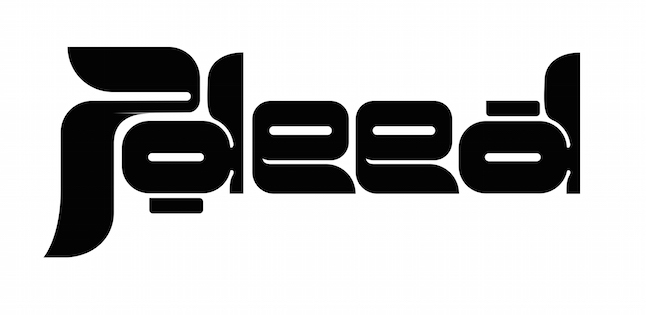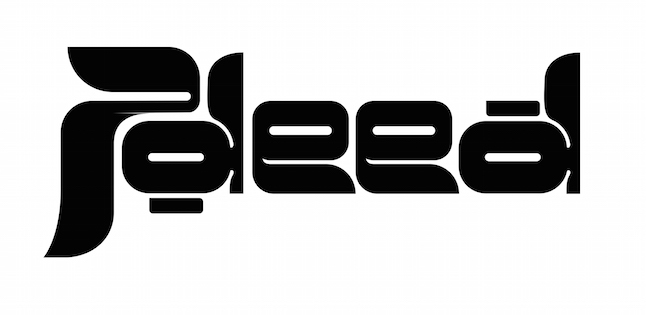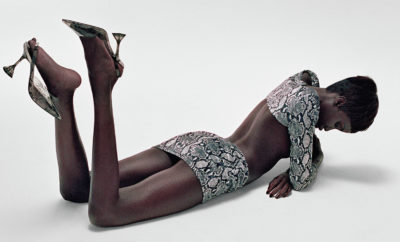
Art
Firouz Farman Farmaian virtually hosts Retrospective with VR event
Last Friday afternoon, artist Firouz Farman Farmaian virtually hosted his exhibition for his 2020 work Retrospective. He created a virtual reality display which is currently on exhibit in Marrakech at the Palais Aziza hotel and spa.
The presentation included a panel moderated by Janet Rady, and featured Daniela Skopnik and Sveva Manfredi Zavaglia as guest speakers. It was a wonderful event with sincere and unique dialogues and discussion points along with a very interesting stylistic use of digital technologies through a virtual exhibit, which you can visit here.
By Olivia Melkonian
Starting off with an introduction from Palais Aziza Marrakech director, Daniela Skopnik, Farmaian noted that the pair had a totally natural working relationship. Farmaian pointed out that as an artist, there is a fine line when working with hoteliers, “we are not decorators” he told us. But, paired with the beautiful setting of the hotel and the symphony of the pair working together, the curated event was a very special moment for both artist and hotelier alike. The VR event was curated by creative agency WE R THE NOMADS, which is run by Farmaian and his wife.
They curated this event to highlight three dynamics that it shifts between: trace, memory and nomadic displacement, with a focal point always returning to women. In Retrospective, the veiled woman is one of the main pieces to capture the eyes of viewers and hold them, as they gaze through a spectacle that has transcended time yet connects us all. Each room, in both the hotel and the VR exhibit, feature a different period of Farmaian’s work. One could both online and IRL go around and visit each work of art in a different room, observe and read more about it.
The event is in conjunction with KEBIRA foundation, a San Francisco based initiative dedicated to supporting Morocco’s youth who have been impacted by Covid-19 and Janet Rady Fine Art. It also supports Soar Foundation who aim to empower vulnerable young women with educational tools and opportunities.
The first piece in the VR exhibition are the four studies of Woman With A Veil (2017). Farmaian explained how people of Amazigh, Kurdish and Jewish descent pondered upon the image as one of their own lineage, and expressed his appreciation for this organic emergence of cross-cultural conversation. Suggested through her embroidered robe, jewellery, white veil and her coin-decorated headdress, Zavagalia later noted that the woman also resembled a traditional Italian woman.
Farmaian reveals how he sourced the image, through a release of Smithsonian Institute’s archived images that are suggestive to have survived the Qajar dynasty of Iran. Towards the end of the dynasty Iran saw photography adopt mass popularity, a time that Farmaian describes as the bridge of communication between generations past and generations to come. The artist searched through the photographs and looked for images that had errors – he aimed to select those that weren’t eye-catching to anyone so he could experiment and alter this reality.
Resting on the ground is the Boucherouite Panel (2017), a piece inspired by rugs in the homes of local Amazigh communities. Farmaian, working with women from these local tribes in Morocco, learnt about the material that they use for their rugs and how they create them. He explains how these rugs are created from recycled clothes, and marvels at how this sustainable practice allows these cultural traditions to survive through industrial times and adapt to change. This painting was created in honor, and made to resemble the rugs in the homes of the women he met.
Sveva Manfredi Zavagalia’s (art curator, writer and advisor) remarks were beautiful, discussing how the pair have worked together to create both physical and spiritual art, and how they have grown in their practices through experimenting together. She notices how the two have used their combined visions to adapt pieces in new ways, adventure outside of comfort zones and surrendering to the knowledge of life. Their combined interests of nomadic culture and family all relate back to klan, respect of land and the spiritual – all of which are themes on display at Farmaian’s exhibit. Skopnik describes the two-part piece Summer At The Caspian IV as nostalgic of her and her husband’s summertimes spent in Egypt, and all those who did the same before them.
The beautiful creations, which depict a woman in a bathing suit in the Caspian sea, have been layered with paint and Farsi typography. Farmaian reveals that what this painting truly depicts, and what rings true to him especially, is that the true image of this photo is liberalism in its final days. Shot on Super 8 film, these images have been captured one year before the 1979 Islamic Revolution in Iran. “I believe in beauty” Farmaian remarks, pondering on the thought that images like these will no longer exist from the country.
Both the presentation and exhibition were truly wonderful events and it was a pleasure to listen to how this beautiful project came to life. The exhibition can be viewed online and in person until February 2021, and we highly suggest checking it out. In a beautiful display of life and love, color and loss, Farmaian depicts the treasures and heartbreaks he has come across throughout his life, and how his artistic mind has responded to these moments.










0 comments